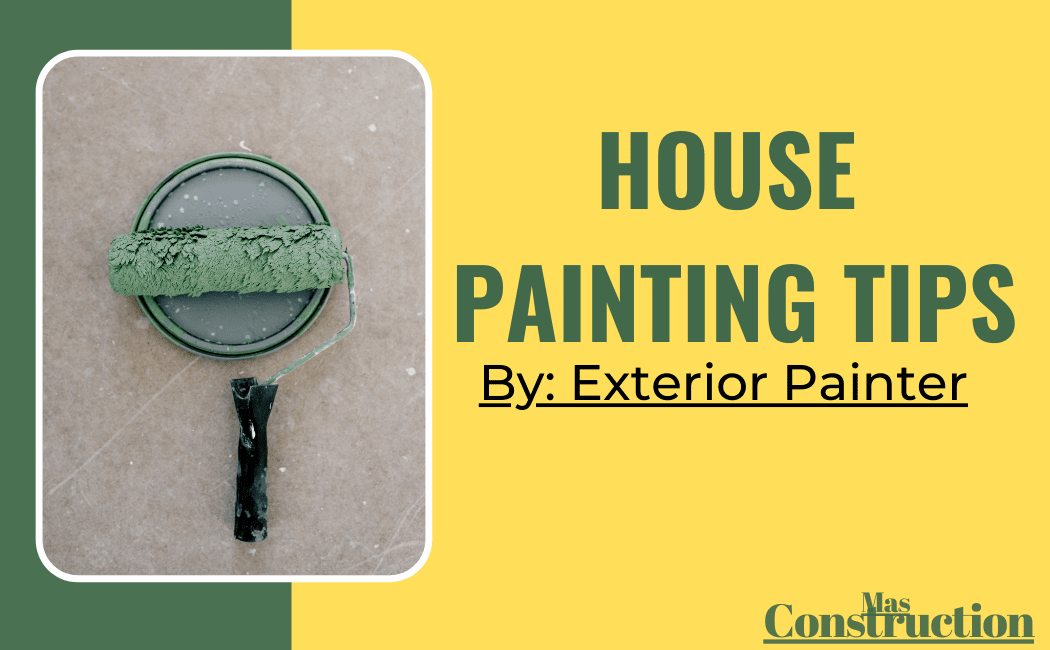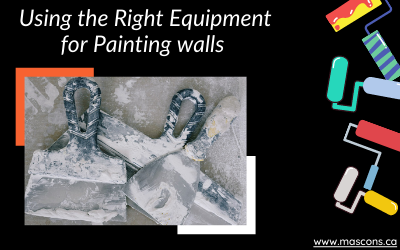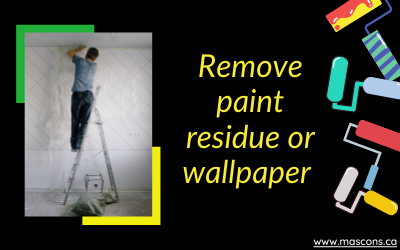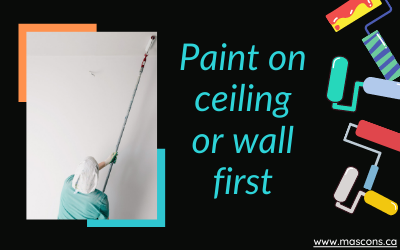House Painting Tips by Exterior Painter

Do you want to bring more color into your home, but have never painted a house? No problem, get the house painting tips by house Exterior Painter will help you to avoid mistakes and help to achieve the perfect finish.
We have already explained how to paint your house exterior in detail but this time it is about those small things that can lead to unsatisfying results.
Here are our 13 tips to help you succeed in your project for a colorful home.
The right equipment for painting walls

You need a brush, paint roller, or a wall paint spray system, something to wipe off the paint and material to cover the floor and furniture.
For most people, all type of paintbrush is just a brush. But all these brushes have their different work.
Depending on which surface you want to paint on the wall, you will need the appropriate equipment:
- The right color for your home make-over in sufficient quantities.
- Corner brush, paint roller, paint tray, and drip tray, plus something to stir up the paint. To paint larger areas, you can use a paint spray system.
- Cover film to protect your floors from wall paint stains.
- Masking tape to cover sockets and other things.
- A ladder if you have high walls.
- A sketch when you’re painting project is a little more complex.
- Folding rule and pencil or a device like a cross-line laser to get a pattern on the wall.
If you are properly taken care of, you can almost start painting.
Check the subsurface
If you tap on the wall and it sounds hollow, the plaster may be soggy.
Before you start painting, you should check the surface once: What material do you find?
This can be painted very well – provided it is not too old or painted too often. Then it may not absorb enough anymore, and it is advisable to remove the wallpaper before painting walls. If the wall is plastered, you should do the following:
Brush it over
With your hand, if paint or plaster sticks to your hand, you should prime the wall so that the wall paint adheres better.
Scratch over it with your fingernail. If you can easily scratch off the old paint with your finger, you should remove the old paint before painting walls, otherwise, the new paint will peel off quickly.
Tap on it with a finger. If the wall sounds hollow under your hands or if the plaster crumbles when you knock, you should remove the plaster at this point and apply a new one before painting. The plaster is either too old or damp – due to mold, for example.
Remove paint residue or wallpaper

You can remove wallpaper from interior walls quickly and easily by soaking it. Using the wall paint spray system, for example – and then scraping it off.
You can simply paint over completely painted walls. However, if there is an accumulation of paint on it, you should remove it – this can be done, for example, with an orbital sander and fine sandpaper.
To remove wallpaper, moisten it and then scrape it off with a spatula.
Wallpaper Removing Tip
Use a paint spray system to remove wallpaper from the wall. Simply fill in lukewarm water, spray the wall with it, allow it to take effect, and then remove it with a spatula.
Treat cracks and drill holes

Close cracks and holes in the wall with putty and putty before painting work.
If you see cracks in the wall or if you have drilled holes in the wall in the area you want to paint, fill them up with filler and smooth them out with color.
Clean and treat the substrate
- Use a cloth to remove dust from the wall and prepare it for painting walls.
- With a cordless handheld vacuum cleaner, you can easily remove dust from the wall.
If the wall is very absorbent, you can save yourself at least one coat by preparing it with a deep primer. Let this dry well before you apply the paint. Before Exterior Painting, wipe the surface clean with a dry cloth a use a vacuum cleaner.
Choosing the right color for painting

Choosing the right color for paint is tricky but here professional Exterior Painter suggested that what paint is compatible with which surface. Wall Paint, emulsion paint, latex paint? The most suitable type of paint depends on several factors.
Do you sometimes find yourself in front of the shelf with paints in the hardware store and ask yourself: What color should I use for my wall?
As a rule, it is advisable to use emulsion paint. This is the easiest to apply, mix well and paint over. If you want to paint your bathroom or kitchen, you can also use latex paint.
This can be wiped off and is waterproof – but it must be removed before painting work is done with other types of paint. With glue paint, i.e. paint based on glue, you can paint walls in a very environmentally friendly way.
However, they can only be painted over with glue paint – or they have to be washed off before repainting. Chalk colors are currently in use trending: These can be used to bring pastel tones on the wall without the annoying smell of color.
However, chalk colors rub off quickly. You can also work with varnish to achieve particularly luminous effects. You should use it sparingly, however, as it closes the pores of the wall and, depending on the product, also has a strong smell.
Exterior Painter tips for selecting paint
If you’re not sure about the shade, buy the smallest amount first and do a color test on your wall. To do this, paint one or two lanes next to each other in the color of your choice. Let it dry, and then see how it works in your room and the lighting conditions.
How much paint do I need for a wall?
You should calculate how much paint you need before painting the wall.
Calculating the amount of paint depends on several factors: the size of the area you want to paint, the surface, and the quality of the paint.
So it’s best to measure the size of the area before visiting the hardware store, and then use the information on the paint bucket as a guide. Keep in mind that you have to paint twice, especially with dark colors.
You can take the help of a house painter for free of cost. You can get a quote to know how much it will cost to paint your house + repair, to increase the life of the paint.
Painting the wall: which roller, which brush do I need?
If you want to paint in the larger area to be painted, you need big paint roller for painting.
To paint an entire wall, you should use a large paint roller – or use a paint spray system. This allows you to spray large areas regularly and in a very short time. Warning: remember to mask everything well beforehand. If you use a roll, you should use a polyester roll for “normal” wallpapered walls; a fluffy roll is better for rough plaster.
The corners are better reached with a corner brush. Your painting work set is completed by a paint tray and a squeegee – so there is less dripping when painting. Wash paint brushes well with water after use, then you can use them again.
Stir paint
Darker pigments often collect at the bottom of the bucket. To get the color on the wall that you wanted, you should stir the paint well before painting.
You can either do this with a wooden stick or you can use a mixer head attachment that you can put on a drill. This method is particularly suitable for larger amounts of paint.
Covering
Covering film, painter’s fleece and masking tape will help you protect your apartment from unwanted splashes of color.
Before you can start painting, you should cover the furniture with foil and the floor with the exterior painter fleece. You can use masking tape to protect sockets, window frames, and the like from unwanted paint stains.
Paint on ceiling or wall first

First paint the ceiling, then the wall, and first the corners and edges, then the surfaces.
Always paint the ceiling first before painting the walls. This will avoid annoying paint splatters on your freshly painted walls. First, use a paintbrush to paint the corners, then use the roller to paint the rest.
Exterior Painter tip to undo painting mistake
Splashes of paint on the floor should be wiped off while they’re still wet. When you’ve “spilled” on the wall, wait for the paint to dry and then paint it over.
If you have painted unclean edges despite masking tape, you can carefully scrape off the excess paint with a cutter after it has dried. Caution: Do not cut into the wallpaper or plaster and put on work gloves.
Contact for any need of painting services by the Local Painting Contractor in Toronto – Mas Construction.
